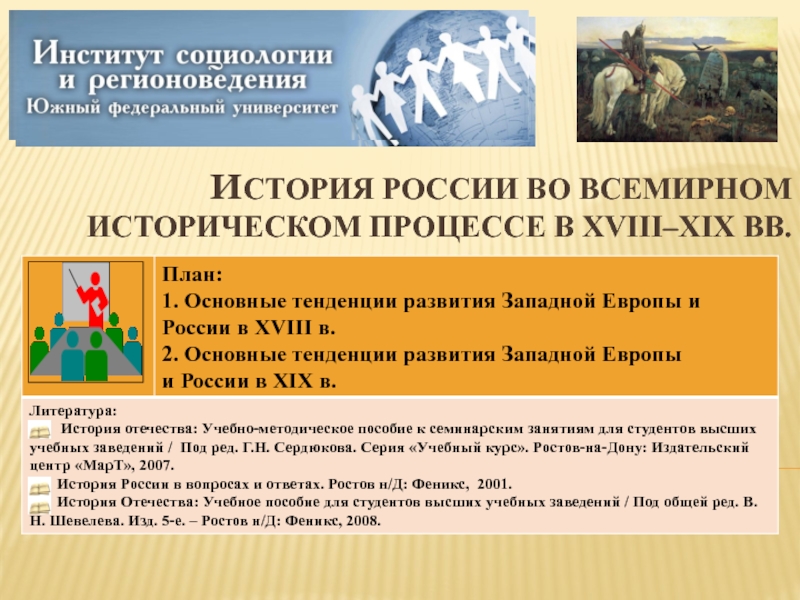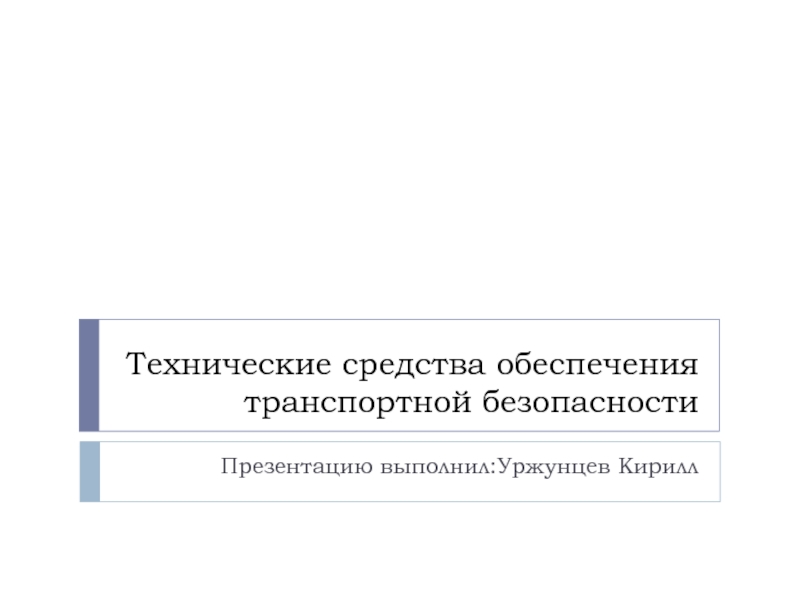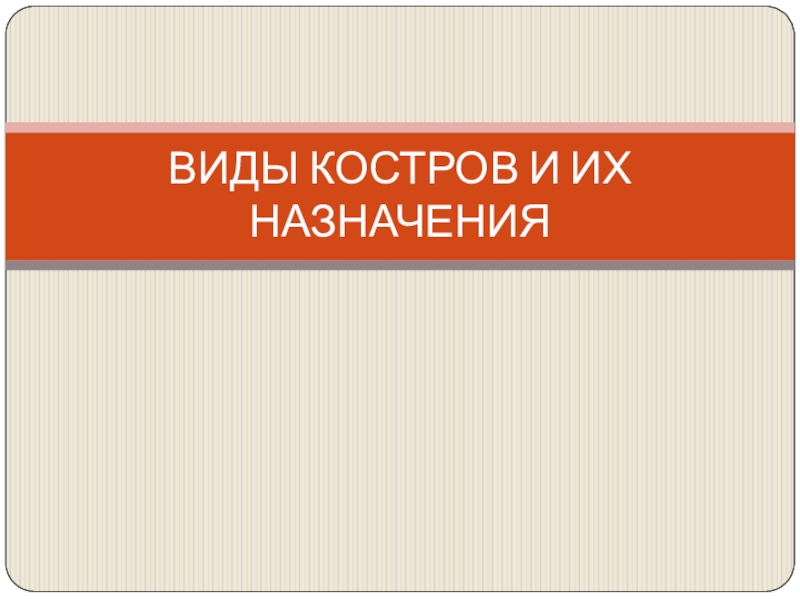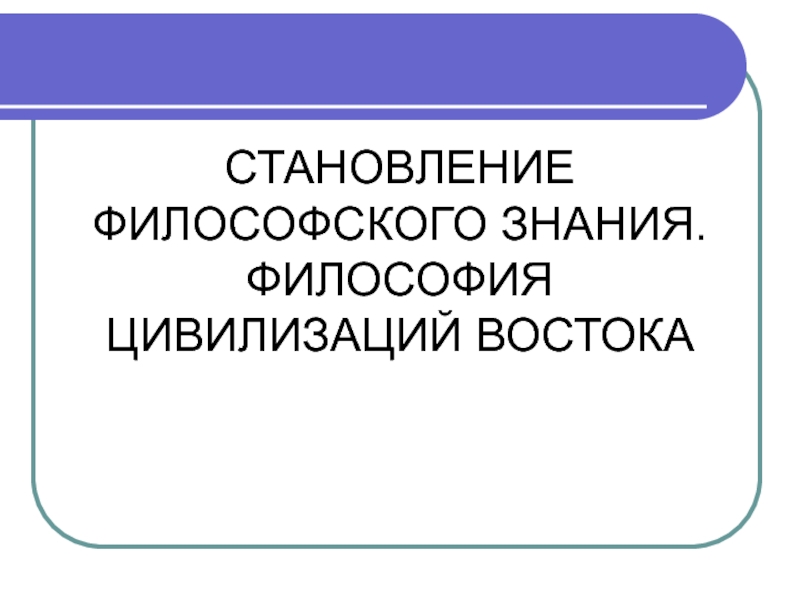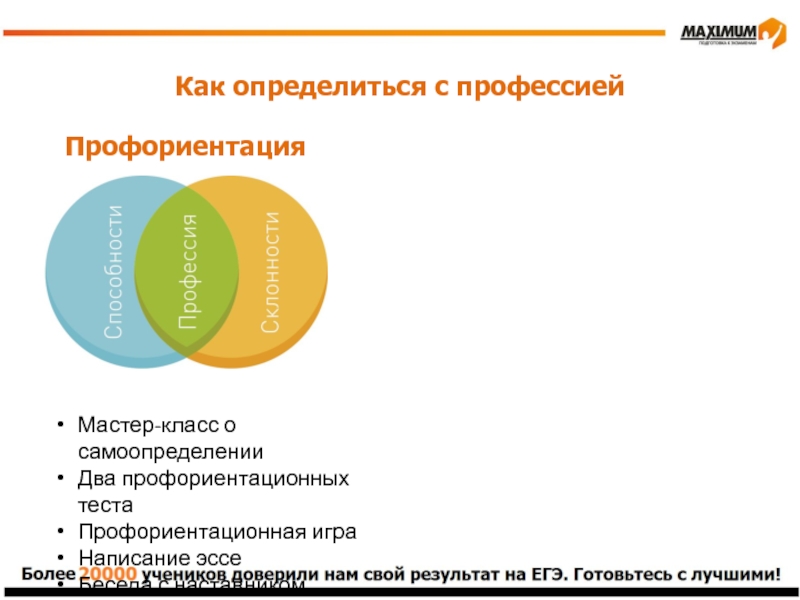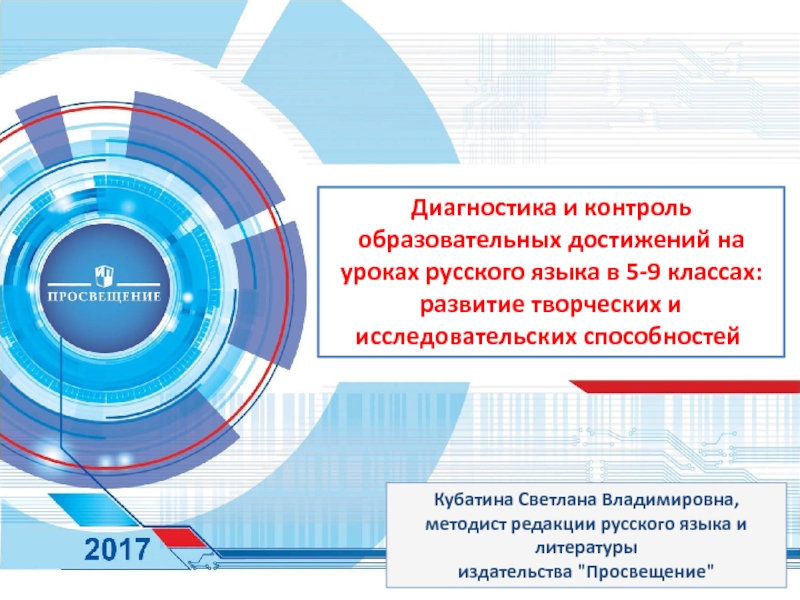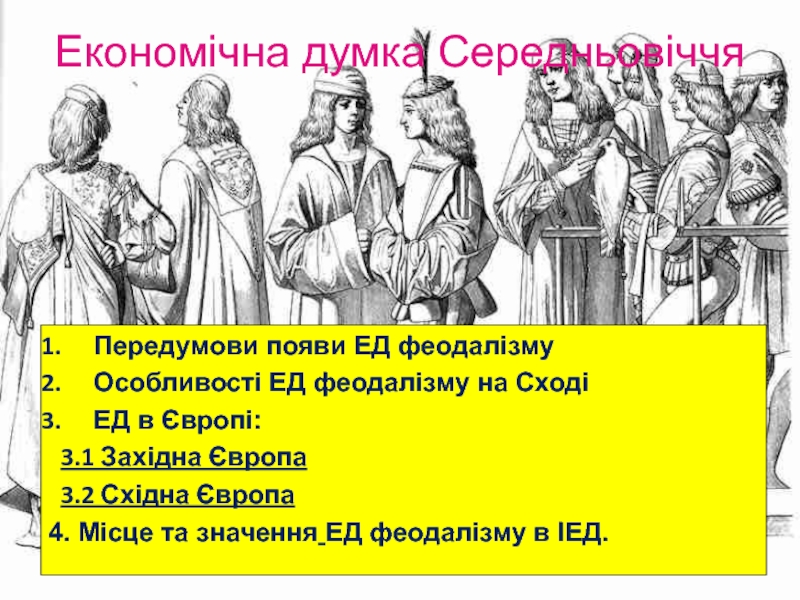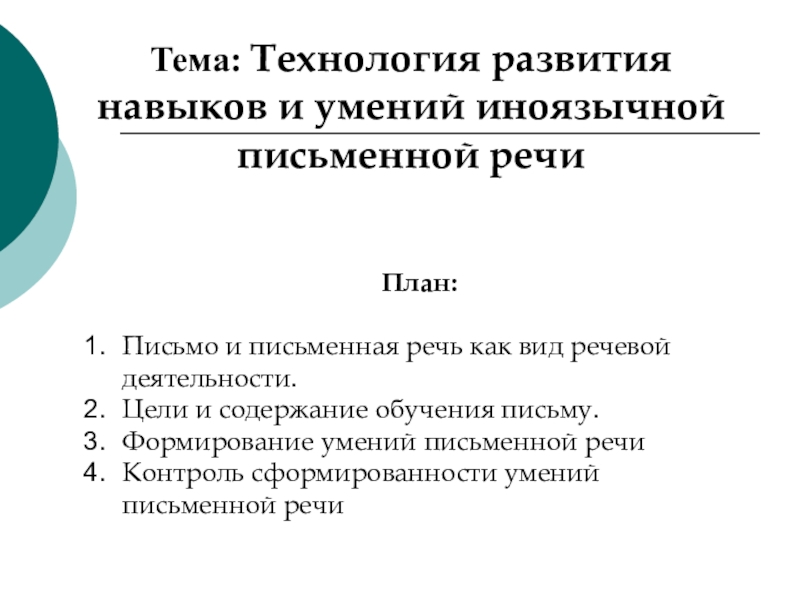Разделы презентаций
- Разное
- Английский язык
- Астрономия
- Алгебра
- Биология
- География
- Геометрия
- Детские презентации
- Информатика
- История
- Литература
- Математика
- Медицина
- Менеджмент
- Музыка
- МХК
- Немецкий язык
- ОБЖ
- Обществознание
- Окружающий мир
- Педагогика
- Русский язык
- Технология
- Физика
- Философия
- Химия
- Шаблоны, картинки для презентаций
- Экология
- Экономика
- Юриспруденция
evolution of computer systems
Содержание
- 1. evolution of computer systems
- 2. CreditsThis project is collaborative effort of:Bakasharuly Beibarys.Espanov Elzhan.
- 3. evolution of computer systemsA computer system is
- 4. Evolution of Computer systems ABACUS- Many
- 5. Evolution of Computer systemsNapier’s Bones- It is
- 6. Evolution of Computer systemsPascaline-Pascaline is a calculating
- 7. First generation (1940-1956)The first generation of computer
- 8. First generation (1940-1956)UNIVAC- The UNIVAC ( universal
- 9. SECOND GENERATION (1956-1963)Features :Vacuum tubes were replaced
- 10. THIRD GENERATION (1964-1971)Features :In this generation microelectronics
- 11. FOURTH GENERATION (1971-PRESENT)It took only 55 years
- 12. FOURTH GENERATION (1971-PRESENT)In 1971 Intel created the
- 13. FOURTH GENERATION (1971-PRESENT)The microprocessor is a large-scale
- 14. FIFTH GENERATION (PRESENT & BEYOND)The fifth generation
- 15. NEW ERA COMPUTERAfter the fifth generation computer,
- 16. Скачать презентанцию
CreditsThis project is collaborative effort of:Bakasharuly Beibarys.Espanov Elzhan.
Слайды и текст этой презентации
Слайд 1evolution of computer systems
In the early years, before the computer
was invented, there are several inventions of counting machines.
Слайд 3evolution of computer systems
A computer system is a basic, complete
and functional computer, including all the hardware and software required
to make it functional for a user.It should have the ability to receive user input, process data, and with the processed data, create information for storage and/or output.
A computer system allows users to input, manipulate and store data. Computer systems typically include a computer, monitor, keyboard, mouse and other optional components. All of these components also can be integrated into all-in-one units, such as laptop computers.
Слайд 4Evolution of Computer systems
ABACUS- Many centuries ago when man
started to count the numbers, he thought of a device
which can trace the numbers and thus came the existence of ABACUS. It was the first counting device which was developed in China more than 3000 years ago. The name Abacus was obtained from Greek word Abax which means slab. This device basically consists of a rectangular wooden frame and beads. The frame contains horizontal rods and the beads which have holes are passed through the rods. Counting was done by moving the beads from one end of the frame to the other.Слайд 5Evolution of Computer systems
Napier’s Bones- It is a device which
contains a set of rods made of bones. It was
developed by John Napier, a Scottish Mathematician and hence the device was named as Napier’s Bones. The device was mainly developed for performing multiplication and division. Later in 1614 he also introduced logarithms.Слайд 6Evolution of Computer systems
Pascaline-Pascaline is a calculating machine developed by
Blaise Pascal, a French Mathematician. It was the first device
with an ability to perform additions and subtractions on whole numbers. The device is made up of interlocked cog wheels which contains numbers 0 to 9 on its circumference. When one wheel completes its rotation the other wheel moves by one segment. Pascal patented this device in 1647 and produced it on mass scale and earned a handful of money.Слайд 7First generation (1940-1956)
The first generation of computer were huge, slow,
expensive and often unreliable. In 1946, two Americans, Presper Eckert
and Willian Mauchly build the ENIAC (Electronic Numerical Integrator and Computer). It use vacuum tube instead of mechanical switches of the MARK MARK I Features:It could perform five basic arithmetic operations: addition, subtraction, multiplication, division and table reference
It took approximately 0.3 seconds to add two numbers and 4.5 seconds for multiplication of two numbers
MARK I Disadvantages :
It was huge in size
Complex in design.
Very slow
Слайд 8First generation (1940-1956)
UNIVAC- The UNIVAC ( universal automatic Computer) was
the first digital computer invented by Mauchly and Ekert
In 1951,
Eckert and Mauchly build the UNIVAC, which could calculate at the rate of 10,000 addition per seconds. Слайд 9SECOND GENERATION (1956-1963)
Features :
Vacuum tubes were replaced by transistors.
Transistor
is a small device that transfers electronic signals through resistors
The
creation of transistor spark the production of a wave of second generation computer. Transistor was small devices use to transfer electronic signals across a resister. Transistors had many advantages compared to other hardware technology. transistors were smaller than vacuum tubes
they needed no warm up time
consumed less energy
generated much less heat
faster and more reliable
Слайд 10THIRD GENERATION (1964-1971)
Features :
In this generation microelectronics technology was introduced
that made it possible to integrate large number of circuit
elements into very small surface of silicon known as chips. This new technology was called INTEGRATED CIRCUIT INTEGRATED CIRCUITAdvantages A new concept in this generation was that of a family of computer which allowed computer to be upgraded and expanded as necessary. ·
Silicone chips were reliable, compact and cheaper.
· Sold hardware and software separately which created the software industry.
· customer service industry flourished (reservation and credit checks)
Слайд 11FOURTH GENERATION (1971-PRESENT)
It took only 55 years for the 4
generations to evolve. The growth of the computer industry developed
technologies of computer inventions. There are many types of computer models such as:· Apple Macintosh
· IBM
· DELL
· ACER
Слайд 12FOURTH GENERATION (1971-PRESENT)
In 1971 Intel created the first microprocessor. In
1976, Steve Jobs built the first Apple computer. Then, in
1981, IBM introduced its first personal computer.During the fourth generation, hardware technology such as silicone chips, microprocessor and storage devices were invented. A microprocessor is a specialized chip which is developed for computer memory and logic.
Слайд 13FOURTH GENERATION (1971-PRESENT)
The microprocessor is a large-scale integrated circuit which
contained thousands of transistors. The transistors on this one chip
are capable of performing all of the functions of a computer's central processing unit.Advantages
· Computers became 100 times smaller than ENIAC (Electronic Numerical Integrator and Computer) the first computer
· Gain in speed, reliability and storage capacity
· Personal and software industry boomed
Слайд 14FIFTH GENERATION (PRESENT & BEYOND)
The fifth generation computers are technologically
advance and are still being development to become more efficient.
The inventions of new hardware technology in the fifth generation have grown rapidly including many other modern computer devices such as :· silicone chips
· processor
· robotics
· virtual reality
· intelligent systems
· programs which translate languages
Слайд 15NEW ERA COMPUTER
After the fifth generation computer, the technology of
computer has become more advanced, modern and sophisticated. The latest
invention in the era of computers are :· Super Computers
· Mainframe Computers
· Mini Computers
· Personal Computers
· Mobile Computers
In the new era of computers, expert system such as teleconferencing and speech-recognition system have been invented as part of modern world communication tools.















